By Cain O’Mahony
Just over ninety years ago, in September 1931, a self-appointed despot, Walter Pfrimer, attempted an Austrian version of Mussolini’s March on Rome. As head of the local right wing paramilitary force, the Heimwehr, in the Styria province of Austria, he called out his forces for a ‘March on Vienna’.
The Austrian state temporised and sat on its hands, but the Schutzbund, the paramilitary wing of the mass workers’ party, the Social Democratic Workers Party (SDAP), mobilised and began to march on Pfrimer. This in turn forced the hand of the Austrian state and they mobilised the Army.
Outnumbered, Pfrimer called off the attempted coup within 12 hours, leaving him to be known forevermore within Austrian history as the ‘Half Day Dictator’.
But this episode was just one demonstration of the chaos and confusion in Austria between the two World Wars, a chaos caused by the failure of the workers’ movement to take power. Whereas the ‘lost revolution’ of 1920s/30s in Germany can be put down to the ultra-leftism of Stalin’s Third Period policies, in Austria the failure was due to the left-reformism of the so-called ‘Austro-Marxists’.
Austro-Hungarian Empire torn to shreds
After World War I, whereas Germany was placed in a financial strait jacket by reparations demanded by the victorious Allies, the former Austro-Hungarian Empire was torn to shreds. Its former territories in Eastern Europe and the Adriatic were parcelled off as new nation states, leaving only the rump of Austria.
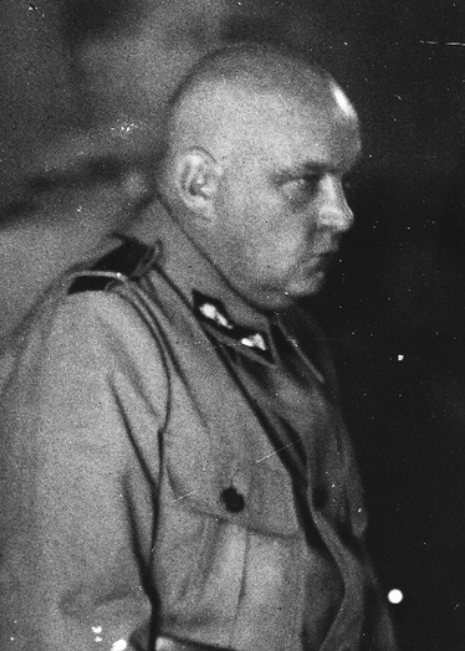
As an economic entity, Austria was barely viable. It had been reduced to a land-locked country and it had no access to industrial raw materials. As the first Social Democratic leader of the new country, Karl Renner, complained in 1919: “At the economic level, we shall become dependent on all our neighbours: on the Poles and Czechs for coal, on the Poles and Romanians for petroleum, on the Hungarians for grain, on the Southern Slavs for cattle, and on the Italians for access to the sea” (Hitler’s defeat in Austria 1933-34, Gottfried-Karl Kinderman).
The blinkered approach of the Allies was due to their greater need to isolate ‘Red Vienna’. At the turn of the 20th century, Vienna, with its population of two million, was synonymous with radical and revolutionary thought, not just in politics but in all avenues of society. The epicentre was the city’s Central Café (still open today and worth a visit). Its list of regular patrons leaves you breathless – the authors Stefan Zweig and Peter Altenberg, Sigmund Freud, fellow founder of modern psychology Alfred Adler, Adolf Loos, father of modernist architecture, Theodor Herzl, the founder of modern Zionism, not to mention a half-demented, failed artist called Adolf Hitler.
They in turn rubbed shoulders around the coffee tables with underground revolutionaries – the café was where Stalin met Lenin for the first time. Trotsky had a regular table, as did Josip Broz Tito, later the dictator in Jugoslavia. When, just before the outbreak of the First World War, the founder of the SDAP, Victor Adler, asked the Empire’s Foreign Minister Count Berchhold in parliament whether the new war would spark revolution in Russia, the Count famously retorted: “Go ask Mr Trotsky. He’s sitting over the road in the Café Central.”
Most of Austria was rural and deeply conservative
This intelligentsia sat alongside the city’s two million workers who solidly supported the SDAP, making it a red citadel. The Allied imperialists were determined to isolate Vienna after the war. The rest of the new Austria was mainly a rural, peasant patchwork of four millions, deeply conservative and Catholic by equal measure, with mass support for the right wing Christian Social Party (which was not very Christian and even less social, and with a virulent anti-Semitic streak against Vienna’s established Jewish community).
The Allied architects had surrounded Red Vienna with a sea of black. They feared Vienna could be a catalyst for a new Bolshevik revolution for south-eastern Europe and the Balkans, just as St Petersburg and Moscow had been for ‘all the Russias’. Hence, their determination to isolate it, regardless of widespread “… deep scepticism over whether the new, small Austrian State offered a viable long-term solution” (Hitler Defeated, Kinderman).
The Allies’ fear was not without cause. Like most of central Europe at the end of World War I, the Austrian workers had risen up to take control. The ‘Left Radicals’, an organised tendency in the SDAP’s youth movement, urged workers to set up soviets like their counterparts in Russia, which won mass support amongst the workers in Vienna and also Wiener Neustadt.
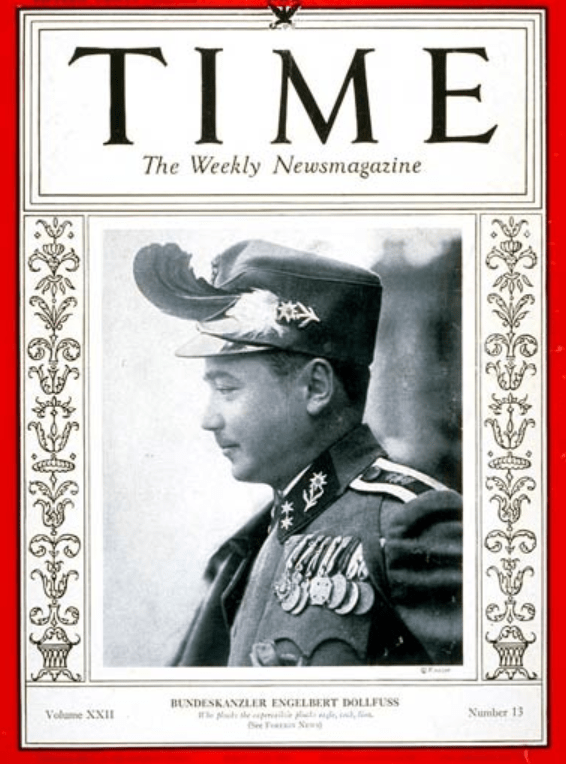
The Social Democrats however, adopting the left slogans of the Left Radicals, won the leadership of the soviets – and immediately slammed the brakes on, calling off strikes and dismantling this early manifestation of workers’ control.
This was not unexpected, as it was in line with the whole ethos of the ‘Austro-Marxist’ leaders of the SDAP, and of their key theoretician, Otto Bauer (pictured above).
Bauer was the architect of the ‘Stages Theory’ of development – that is, society had to rigidly go through three ‘revolutionary’ waves: firstly the overthrow the imperial ancien regime to national self-determination; then the bourgeois revolution would establish a parliamentary republic, and only then – having won a majority in parliament (and assuming the out-voted bourgeois would simply run up the white flag) – vote in a socialist revolution.
Bauer’s blinkered passivity
As such, the Austro-Marxists backed the Mensheviks in Russia, and refused to back the Bolsheviks who had dared to ‘cheat history’ in October 1917.
This blinkered passivity was expressed in Bauer’s pamphlets at the height of the struggle in 1919:
“Let us imagine that in a single day the workers seize the factories, kick the capitalists and the bosses out just like that, and take over the management themselves! Naturally, such an upset would be impossible without a bloody civil war… The foreign capitalists would deny us raw materials…and the indispensable credit” (The Road to Socialism, 1919).
Hardly inspiring words to those on the barricades. It also shows Bauer’s naivety: although he says the capitalist class would viciously fight back if the workers seized power by force, did he really believe there would be a different reaction if the workers took power constitutionally?
Apparently he did. The pamphlet continues to argue that after an SDAP-led Parliament had expropriated the key sections of industry, the bosses would get compensation:
“Compensation must be paid. It would be unjust to despoil the owners of mine and foundry stock while the other capitalists remained in possession…The cost of compensation must be borne by all of the capitalists and landowners. To this end, the State will level a progressive capital tax on all capitalists and owners, the proceeds of which will be used to compensate the dispossessed owners of stock in big industry. In this way, no harm will be done to stockholders in big industry” (The Road to Socialism, 1919).
Austro-Marxists turned their backs on internationalism
Again, it was unlikely (as was later proven) that big industry was going to just sit back and take their medicine, constitutionally or otherwise.
So too, the Austro-Marxists turned their back on internationalism. The SDAP had been propelled into Parliament in 1919, but within the confines of their beloved perspective of ‘bourgeois democracy only’, they had to rely on a coalition with the CSP to form a government. Within a year, this floundered and the SDAP failed to win a majority in new elections. The Allied plan of a locked-in conservative/Catholic majority was working.
Yet rather than a drive into Lower Austria with the socialist message to win over the rural and peasant areas, as the Bolsheviks were engaged in doing in Russia, the SDAP leadership agreed instead to a form of partition – with all the reactionary consequences that were bound to follow.
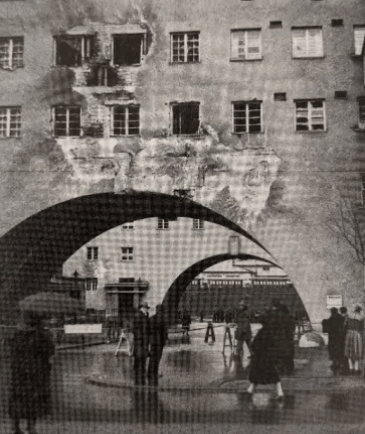
On the first day of 1922, Vienna was formally split into a new ‘mini-state’ – ‘Red Vienna’, while the rest of the country remained ‘Black Lower Austria’. The Allies plan had worked.
This was yet another example of the Austro-Marxists’ ‘Stages Theory’ – first build the ‘socialist paradise’ in Vienna, then we can move onto the rest of the country, then the world…assuming the rest of society remains still and acquiescent, and that the forces of reaction will allow you time to build. The hallmark of the Austro-Marxists’ perspective was to ‘wait on events’, rather than to prepare for them.
Third International broke away from Second
Also, ‘partition’ severed the national SDAP network, with the SDAP power bases in Austria’s other industrial centres effectively marooned like islands in a ‘Black Lower Austria’ sea.
Equally, on a wider scale, when the new fledgling revolutionary parties rallied around the Bolsheviks’ formation of the Third International – breaking from the social democratic Second International that had betrayed the masses in 1914 by supporting their respective ruling classes in that brutal war – the Austro-Marxists attempted to sabotage the move.
Sitting in the middle of the road, as ever, they declared the formation of the ‘International Working Union of Socialist Parties’, with the naive belief that they could unite both the Second and Third Internationals. They were oblivious to the irretractable class antagonisms between the two organisations, which was why they had split in the first place. Being dubbed the ‘Two and Half International’, the IWUSP soon collapsed back into the Second International.
These actions earned the wrath of Lenin, who denounced Bauer, accusing him of “…stupidity, pedantry, baseness and betrayal of working class interests – and that, moreover, under the guise of ‘defending’ the idea of ‘world revolution’” (Left Wing Communism: an Infantile Disorder, 1920).
That aside, now being the sole force in Vienna, they could put their reforms into place. Raising funds by implementing a Housing Tax and also a Luxury Tax on the wealthy, between 1924 – 1934 they built model municipal housing complexes around open green spaces, the most famous being the ‘Karl Marx Hof’. These projects eventually housed 200,000 people, ten per cent of Vienna’s population.
Reforms a by-product of revolution
There were other reforms – 53,000 clothing packages were distributed to parents in need, the number of kindergartens increased five-fold, subsidised school meals were introduced with schools also offering free medical and dental examinations. There was a programme of building public baths too. Not surprisingly, infant mortality dropped by 50 per cent, compared to pre-World War I levels. These improvements for Vienna workers were living proof that reforms are a by-product of revolutionary ferment.
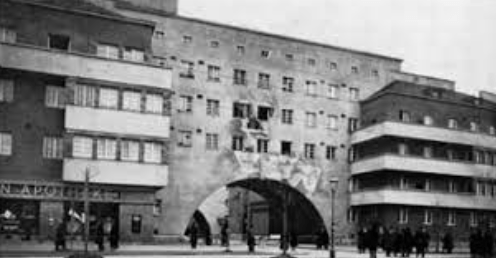
But surrounding the SDAP ideal, the forces of reaction were growing with the rise of the Heimwehr. Like the German Freikorps, the Heimwehr were demobilised soldiers who were prey to right wing ideas, and were heavily funded by Mussolini. As in Germany, Austrian reaction was based on a middle class that had been ruined by the war, following the collapse of the war loans they had taken out; and they were then wracked by hyperinflation.
Isolated Red Vienna was facing increasing physical attacks on and assassinations of SDAP members and officials, and legal challenges from the CSP and the Catholic Church, even to the extent of them blocking the building of Vienna’s first crematorium, which was held up in the courts for two years.
The attacks came to a head in 1922, when a 6,000 strong armed Heimwehr militia crushed a strike by steel mill workers in Judenburg, 100 miles south west of Vienna. In response, in 1923, the SDAP revitalised the Republikanische Schutzbund, a vestige of the abandoned revolution of 1918. Numbering up to 60,000, its force was effective in defending the labour movement against reaction, as Pfrimer discovered eight years later.
Red Guards played key role in October Revolution
But what was the Schutzbund’s weakness was that its SDAP architects saw it only as a ‘defensive’ force, and not as the shock troops of revolution, like the Red Guards had been in the Bolshevik Revolution. Again, they were constrained by the Austro-Marxists slavish constitutionalism, as outlined by Otto Bauer’s naïve polemic:
“We cannot use our soldiers’ arms to take power. No, we must win power by the ballot. But our soldiers’ arms can protect us from a counterrevolution, which could tear the ballot out of our hands at the precise moment it could bring us power… if the Republikanische Schutzbund remains powerful and alert, then reaction will not dare rise up against the Constitution of the republic. And then we can take power without resorting to violence and without civil war but simply by availing ourselves of the right to vote” (The Struggle for Power, 1924).
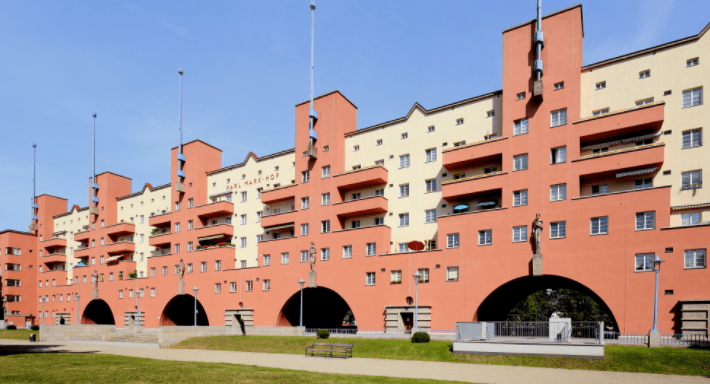
But the counter-revolution of course did “dare to rise up against the constitution”. The first warning came in July 1927, when the Heimwehr opened fire on a Schutzbund rally, killing a war veteran and an eight-year-old child. When the three gunmen were acquitted by the courts on the grounds of “self defence” (three grown men with guns against an eight year old?), Vienna erupted in fury and stormed the (so-called) Palace of Justice. Police opened fire killing 89 protesters and injuring 1,200 others.
But still the Austro-Marxist leaders called for patience and confidence in the constitution, a mood later buoyed up by their bloodless defeat four years later of Pfrimer.
Mussolini wanted Austria within Italian sphere of influence
However, Pfrimer had just been a stalking horse. The leader of the CSP, Englebert Dollfuss, was increasingly being drawn to the fascist model of Mussolini – indeed, they were close friends. He was under increasing pressure from the ruling class to finally finish off the SDAP and their dangerous reforms, but also from Mussolini who wanted Austria in the Italian sphere of influence, rather than a takeover by the new Nazi Germany, which he feared.
This pressure reached a frenzy in 1933, where SDAP deputies were blocking repressive laws being pushed through parliament. Dollfuss saw his opportunity and closed parliament down, ringing it with armed police and declaring himself a dictator. In early 1934 he banned the SDAP and the Schutzbund and unleashed the Heimwehr and the Army to finish them off, with an order to seize all Schutzbund weapons.
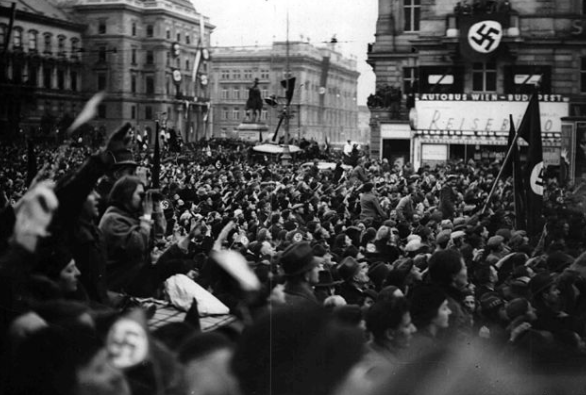
Emil Frey, leader of the Heimwehr, declared to his ranks on 11 February 1934: “Chancellor Dollfuss is one of us…Tomorrow we will go to work and we will make a good job of it!” (www.wein.gv.at).
The disjointed organisational structure which the SDAP had allowed to continue, with key areas cut off from Red Vienna, took its toll. Frustrated with the ‘Vienna-centric’ SDAP leadership, the Schutzbund leader for Upper Austria warned that any attempt to seize their guns would be resisted. When the fighting started the next day, the resistance was uncoordinated and sporadic.
The shooting war began in Linz, then Steyr and Bruck an der Mur, before spreading to Vienna itself. The Schutzbund were now hopelessly outgunned, with the Army and police fighting alongside the Heimwehr. They fought to the last, defending the housing projects – the Karl Marx Hof in particular – turning them into workers’ fortresses. But to no avail. Rifles were no use against artillery, with the reactionaries taking grim pleasure in reducing the workers’ homes to rubble.
Victory of Dollfuss was short-lived
An estimated 1,000 people were killed, nine Schutzbund leaders executed, and 10,000 SDAP members arrested.
Ironically, Dollfuss’s victory was short lived. With the SDAP destroyed, six months later, Hitler mobilised the small Austrian Nazi party to stage a coup. They failed, but in their attempt, Dollfuss was assassinated and with him went his aim of an Italian-style fascism for Austria. Two years later, Mussolini, under pressure from Britain and France who he feared would intervene after his invasion of Abyssinia, formed an Axis with Hitler, paving the way for the Anschluss, effectively Hitler’s annexation of Austria.
Forty years ago, I was part of a Labour Party Young Socialist delegation to the International Union of Socialist Youth conference in Vienna. We were shown an exhibition that commemorated the SDAP’s battle against the Austrian fascists in 1934. When I looked at the old photographs of the smashed up Viennese housing projects and the shell holes that peppered the Karl Marx Hof, I couldn’t help but think of the council estates back home.
When I grew up on our brand new council estate, it seemed a gleaming brave new world of hope and provision. By 1981, under the avalanche of Thatcherism, these estates had become crumbling hell-holes of deprivation, unemployment, violence and crime.
Reforms must always be fought for, but as long as the capitalist model exists, they can be snatched away at any moment, whether it be by the Heimwehr’s artillery, or the drip-drip-drip of Thatcherite cutbacks.



